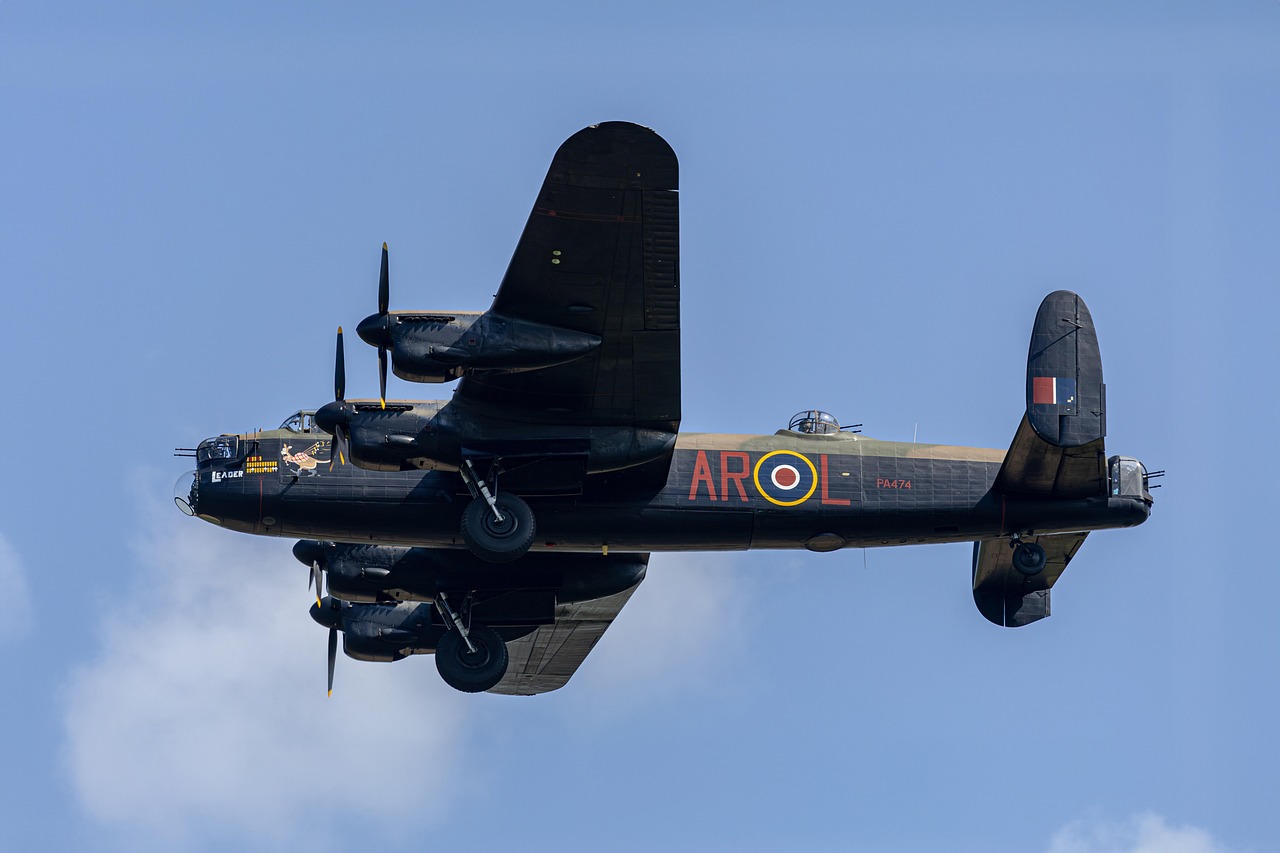Destinations - Part 2
The Roaring Twenties: A Decade of Change and Culture

The 1920s, also known as the Roaring Twenties, was a transformative decade marked by significant social, cultural, and economic changes. This period followed the end of World War I and was characterized by optimism, innovation, and a shift towards modernity.
Key Features of the Roaring Twenties
- Flappers: The iconic image of the flapper, with her bobbed hair, short skirts, and carefree attitude, symbolized the newfound freedom and independence of women during this era.
- Prohibition: The 18th Amendment to the U.S. Constitution banned the sale and consumption of alcohol, leading to the rise of speakeasies and organized crime.
- Jazz Age: Jazz music became wildly popular, with artists like Louis Armstrong and Duke Ellington shaping the musical landscape of the decade.
- Art Deco: This artistic movement influenced architecture, design, and fashion, characterized by geometric shapes, bold colors, and luxury materials.
- The Great Gatsby: F. Scott Fitzgerald's novel captured the spirit of the era, portraying the excesses and disillusionment of the wealthy elite.
The Impact of the Roaring Twenties
The Roaring Twenties had a lasting impact on society and culture. It challenged traditional norms, particularly regarding gender roles and morality. The era also saw advancements in technology, such as the widespread adoption of the automobile and the radio, which connected people in new ways.
While the 1920s were a time of prosperity for many, the decade came to an abrupt end with the stock market crash of 1929, leading to the Great Depression of the 1930s. Despite its eventual downturn, the legacy of the Roaring Twenties continues to influence art, fashion, and popular culture to this day.
Explore more about this fascinating decade and immerse yourself in the vibrancy of the Roaring Twenties!
Learn more about the Roaring Twenties